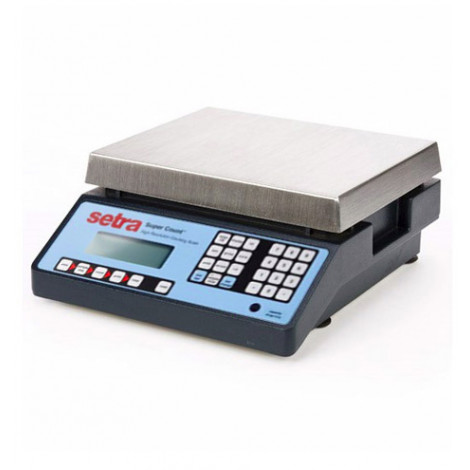If you're working with small parts, you'll need to use a counting scale to keep track of their size. You can also buy setra weight scale.

to measure the mass of substances.
Here are a few tips for using a counting scale:
1. Choose a scale that's easy to read. A big, bold number is easier to see than a small number on a smaller scale.
2. Make sure the scale is level. If the numbers on the scale are crooked, it will be difficult to read them.
3. Count from one end of the scale to the other. This way, you won't have to worry about losing count while you're working.
When working with small parts, it is important to use counting scales for miniature parts. This will allow you to keep track of the number of parts you are working with and make sure that all parts are accurately marked. Below are few more tips for using a counting scale:
1. Choose a scale that is easy to read. A white background makes it easier to see the numbers on the scale. Avoid scales with bright colors or patterns.
2. Place the scale on a flat surface so that all of the markings are facing up.
3. When working with small parts, it is helpful to have both hands free. If you are using a hand held scale, hold it in your left hand and place the part you are working with on the right side of the scale. If you are using a stationary scale, set it on a stable surface and place the part you are working with on top of it.
4. Press down on the part you are working with so that it touches the middle of the scale. Then read off the number that appears next to "1" on the scale. Keep in mind that this number does not include any zeroes.
If you're working on a project that involves small parts, it's important to use a counting scale to ensure accurate measurements. Not only will this help you avoid making mistakes, but it can also save you time and hassle down the line. In this article, we have shown you how to use a counting scale for small parts.